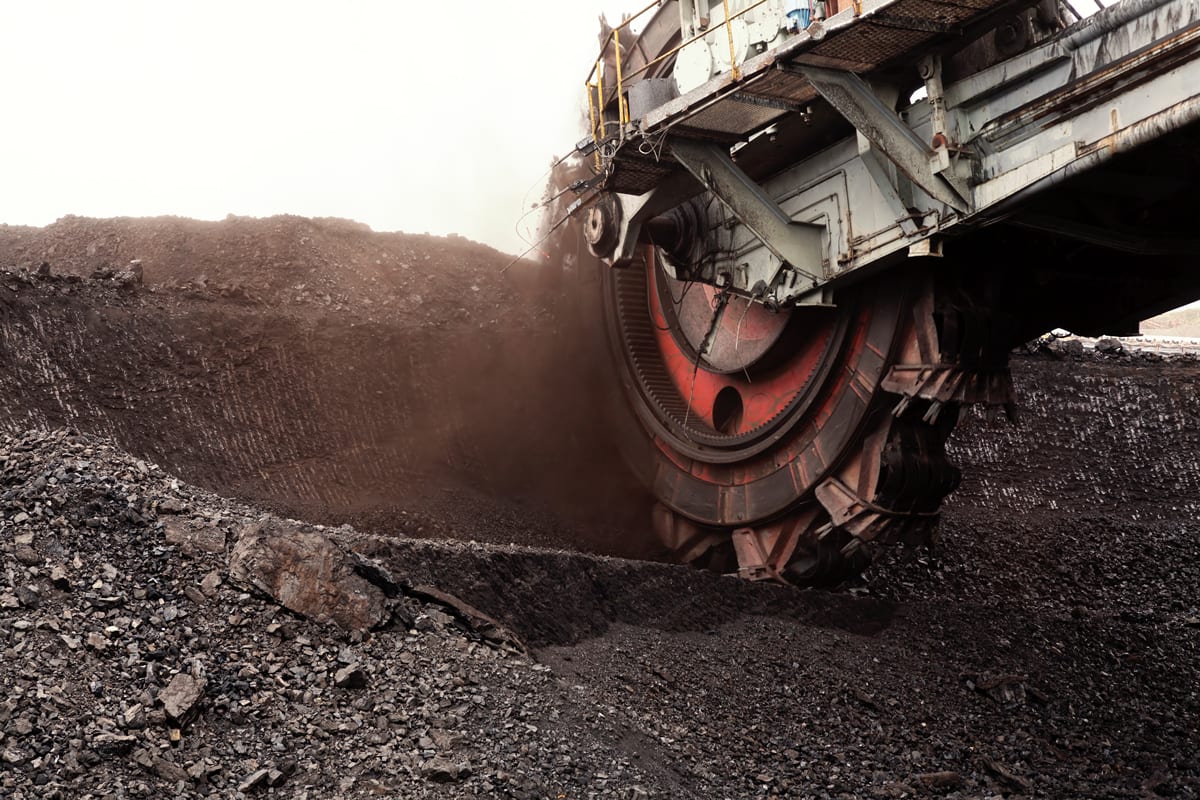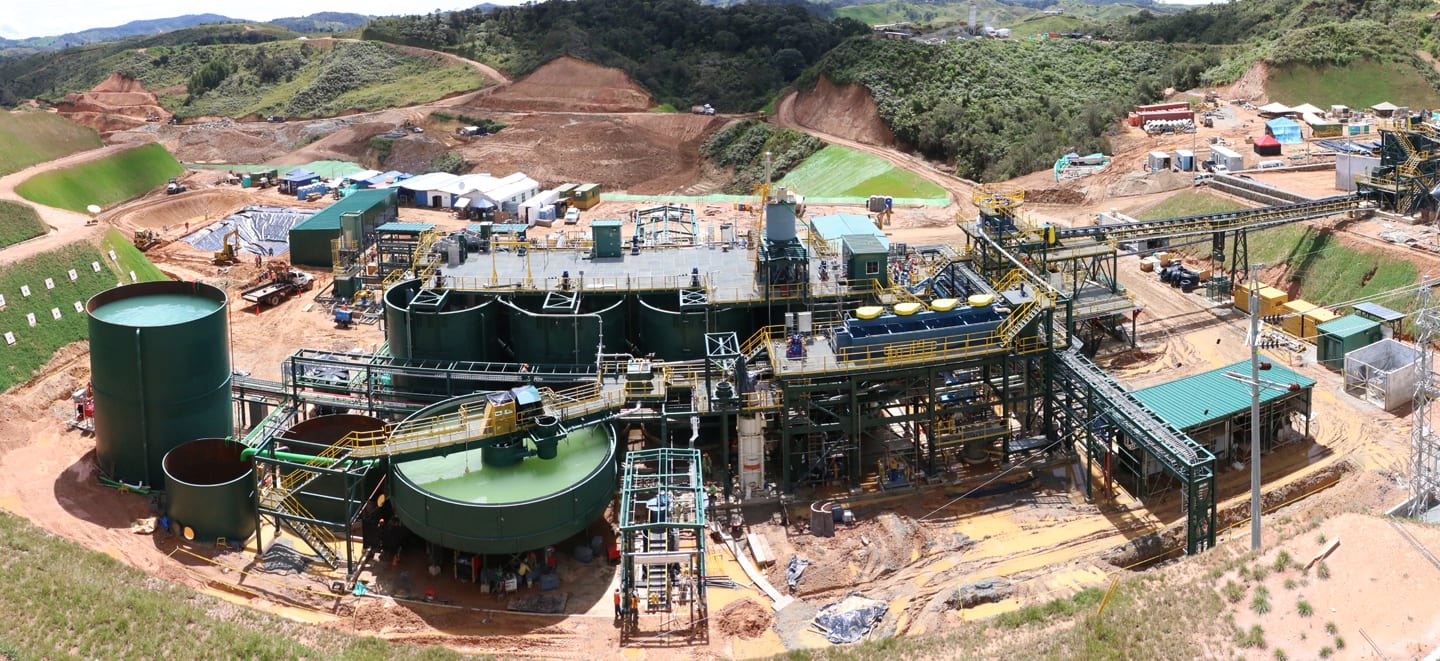White House Order Gutting Clean Power Plan Unlikely to Slow the Rise of Renewables
Back in November, when Donald Trump shocked pollsters – and the rest of us (but not Ivan, as he predicted Trump’s win) – by winning the US Presidency, share prices for the world’s top coal trader jumped, while prices for renewable energy companies sagged.
After all, Trump campaigned in coal country to bring back coal mining jobs, and waved a big signing saying “Trump Digs Coal.”
Shares for First Solar, SunPower and Solar City dropped by six per cent, 17 per cent and six per cent respectively in a single morning.
It would appear the future of renewable energy is even more bleak now, after Trump gutted the Environmental Protection Agency’s funding, reversed US policy on global warming, and moved to roll back Obama’s Clean Power Plan.
CAN TRUMP HELP COAL WIN OVER RENEWABLE ENERGY?
But, in reality, how much influence can the US President really have much impact on the rise of renewable energy over coal, oil and gas?
The answer, quite simply, is very little.
The conversion to renewable energy, and away from coal, is no longer based solely on environmental factors, but on economics. The cost for renewable energy is dropping below that of fossil fuels … and renewable energy poses fewer problems with pollution and smog.
There are many who will say Trump truly believes coal is good for America and good for jobs, but the truth is (unless Trump is even dumber than he appears) that the current policies are built more on politics than on economic reality.
Trump won heavily in coal producing states like Wyoming (70 per cent), West Virginia (69 per cent) and Kentucky (63 per cent).
Having made the promise, the Trump White House now has to pander to an industry that really has one foot in the grave, and that any long-term analyst can tell you is doomed with or without Trump’s help.
CITIES AND CORPORATIONS ARE VOTING WITH THEIR WALLETS
Decisions on power are now being made by cities and major US corporations to switch to renewable energy, and the main driver is lowering operational costs.
Consider this top five list of major US corporations who are investing in their own solar farms to save money:
Walmart – 145 megawatts
Prologis – 107.8 megawatts
Apple – 93.9 megawatts
Costco- 50.7 megawatts
Kohl’s – 50.2 megawatts
Last year there was so much solar power installed that it became the number one source of new electrical power in the US, beating out natural gas and wind power combined. (Source: GTM Research)
At the same time, there was a 25 per cent increase in the number of jobs in the solar energy field. The 260,000 people now working in solar energy outnumber the 187,000 people who work in coal, oil and natural gas power plants.
The wind energy sector employs even more people, and companies like GE are desperate to hire new wind technicians.
THE WORLD IS MOVING AWAY FROM COAL, NO MATTER WHAT TRUMP SAYS
More importantly, no matter how much Trump may promote coal, the United States and most other countries are moving away from coal very quickly, led by China.
Formerly the largest consumer of coal energy on the planet, China is now leading the move to renewable energy.
By 2013 China was producing twice as much electricity from wind and solar power than the US, which came in a distant second.
Just after New Year’s Day China announced it will invest an additional $2.5 trillion Yuan ($361 billion USD) into renewable power generation by 2020. As a result, the country is also scrapping plans to build more than 100 new coal plants.
This will not only greatly increase demand for solar and wind power technology; it will also crush the long-term market for coal.
And there’s nothing Trump can do about that.
That’s not to say the future of coal is completely over. It’s simply coming to an end over time.
Even in 2020, China will still be getting more than half its power from coal, which at the moment remains one of the cheapest sources of electrical power.
Depending where you are, and the efficiency of your power plant, coal generation costs somewhere between $60 to $143 per megawatt/hour.
A community solar farm generates power at between $78 to $135 per mwh, while wind power (where possible) comes in at $32 to $62.
As renewable technologies improve, the costs will continue to drop, and in a few years analysts expect costs for solar and wind power will be consistently and dramatically lower than coal.
In the past year countries like Chile and the United Arab Emirates broke records with deals to generate electricity from solar for less than three cents a kilowatt hour.
That’s roughly half the cost of coal power.
COAL IS DEAD BY 2025
Obviously, solar will be less expensive in areas where there is more intense sunshine, but Bloomberg New Energy Finance predicts solar will be cheaper than coal globally by 2025.
At that point it is unlikely any country will EVER build another coal fired generation plant. Instead, they’ll be focused on gradually closing the ones they have.
No matter what Trump may say to the contrary, at that point … Coal. Is. Dead.
Coal advocates deny this, saying modern economies can’t rely on sporadic power from wind and solar.
Unfortunately for the industry, that would only be true were it not for the great strides being made in the area of power storage.
Last month Equedia ran a story on one of our favourite companies in the solar industry, UGE International (TSX-V: UGE).
UGE is the dominant company for installation of commercial solar systems in the eastern US and Canada.
When we spoke, UGE’s CEO Nick Blitterswyk explained the next wave of renewable power generation will include newer high-tech energy storage banks. Homes, factories and even cities will be able to store and manage more power for longer periods of time.
“Solar is changing the dynamic, literally, of who has the power,” he says. “Before, the power was in the hands of the big utilities, and the utilities set the prices.
“Now, people and companies can become their own utilities and they hold the power,” Blitterswyk adds. “I would not invest in big utilities now if my life depended on it, and nor would I invest in coal, or oil, or gas.
“No matter what President Trump may say about the future of coal and other fossil fuels, they are simply no longer financially viable over the long term.”
INVESTING WITH YOUR BRAIN, NOT YOUR HEART
The Trump campaign won a huge upset by appealing to the hearts of voters, vowing to protect jobs that were obsolete and disappearing.
Clinton lost what looked to be a sure bet by appealing to the minds of voters, promising to embrace new technologies to fight pollution and climate change.
But investors shouldn’t be betting their hard earned money on emotion.
Last year more than 150 GW of wind and solar power was installed worldwide. That’s more than enough power to replace every power source in Canada combined.
Canada itself plans to produce 90 per cent of the nation’s power through renewable sources, primarily hydroelectric, solar and wind. Almost all of the new power will be through solar and wind generation.
The momentum toward renewable energy is now irreversible, because money talks.
Individuals, companies and countries are not willing to pay more for a product that creates more problems.
So, increasingly, they are switching to a cleaner product with lower long-term costs.
The stock market has, of course, punished renewables thanks to the policy statements coming out of the White House.
But in the long-term renewables will pull into the lead, and leave fossil fuels in the coal dust.
Gary Symons, Equedia
(Ivan’s opinion on this subject is a little different – and this is why Equedia (Equal Media) exists.
From Ivan: I believe renewables will continue to grow and boom and investing in the sector makes absolute sense. However, I don’t believe it can replace hydrocarbons such as coal and especially not oil and gas within the next 20 years.
Why?
To replace the power currently being generated by hydrocarbons (oil, natural gas, coal), we would not only require significant sums of money, but would require manufacturing of all renewables which requires massive amounts of fossil fuels and natural resources to create. These natural resources need to be extracted and the machines that extract, process, and refine them are fuelled by hydrocarbons.
Yes, we will slowly wean ourselves from the dependancy of hydrocarbons, but it won’t be as soon as people think.)
Disclosure: We currently own shares in UGE and the Company is an advertiser.












